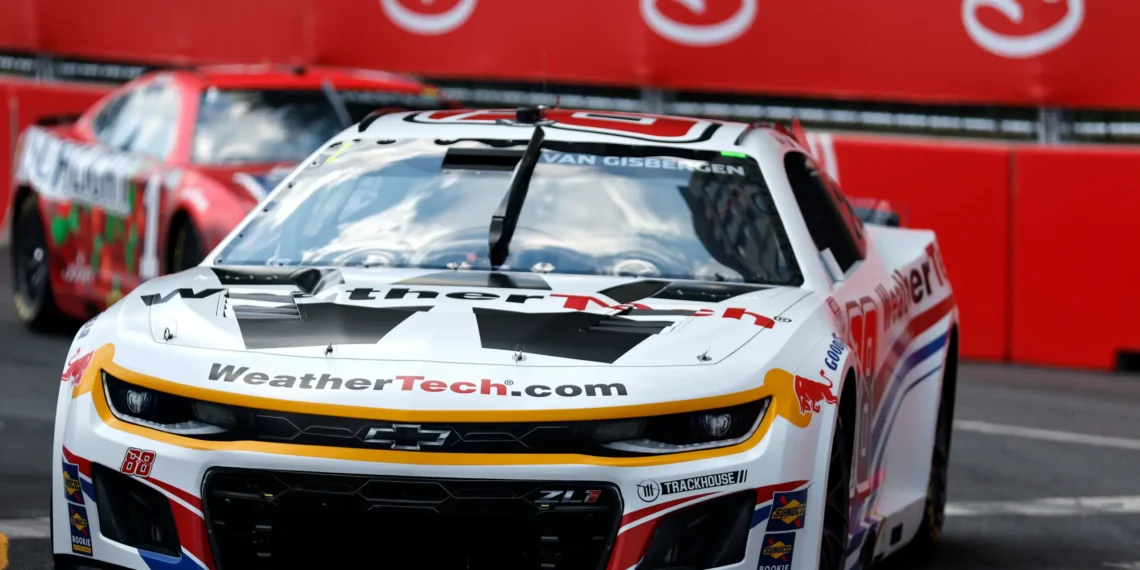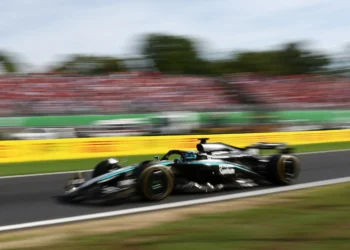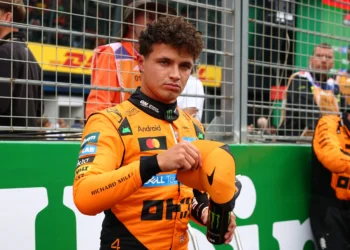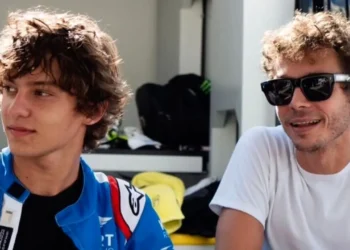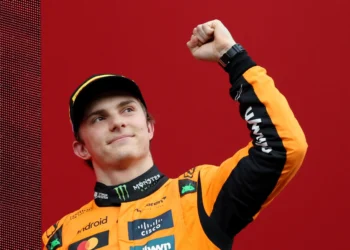In a shocking turn of events at the 2025 Chicago Street Race, a medical emergency among spectators led to a halt in the NASCAR event, causing uproar among fans and unveiling major logistical failures in the race setup.
The incident occurred late in the race when a caution flag was raised, not due to a crash but to attend to a medical emergency in the vicinity. This unexpected pause allowed some drivers like Briscoe, Reddick, Hamlin, and Wallace to conserve fuel, altering the course of the race. However, fans were quick to express their outrage at the chaotic scene that unfolded on the urban circuit of Chicago.
Social media erupted with criticism towards NASCAR for its handling of the situation, with one fan bluntly stating, “Get off these stupid f—— street courses. No place for this. We’re not F1.” The limitations of street courses, with their narrow tracks and sharp turns, were glaringly exposed during the race, especially in terms of emergency access.
Viewers were left astounded by the unprecedented caution caused by the medical emergency, highlighting the unpreparedness of the street course compared to traditional tracks where ambulances have dedicated paths. The lack of infrastructure on the urban circuit forced NASCAR to improvise, much to the dismay of fans.
Moreover, the broadcast coverage came under fire for missing crucial moments of the race, with fans calling out the network for its poor handling of the situation. The failure to provide adequate explanations during the unexpected pause left viewers frustrated and questioning the overall preparedness of the event.
As discussions unfolded online, concerns were raised about the future of street races like the one in Chicago. With safety protocols being put to the test, NASCAR’s medical director emphasized the need for swift responses to incidents, especially in challenging street circuits where safety and race dynamics collide.
The incident at the 2025 Chicago Street Race serves as a wake-up call for NASCAR and organizers, signaling the need for meticulous planning and better logistics in city circuits to prevent such chaos in future events. As the fallout from this emergency continues to unfold, it underscores the challenges and risks involved in hosting high-speed races in urban settings.

